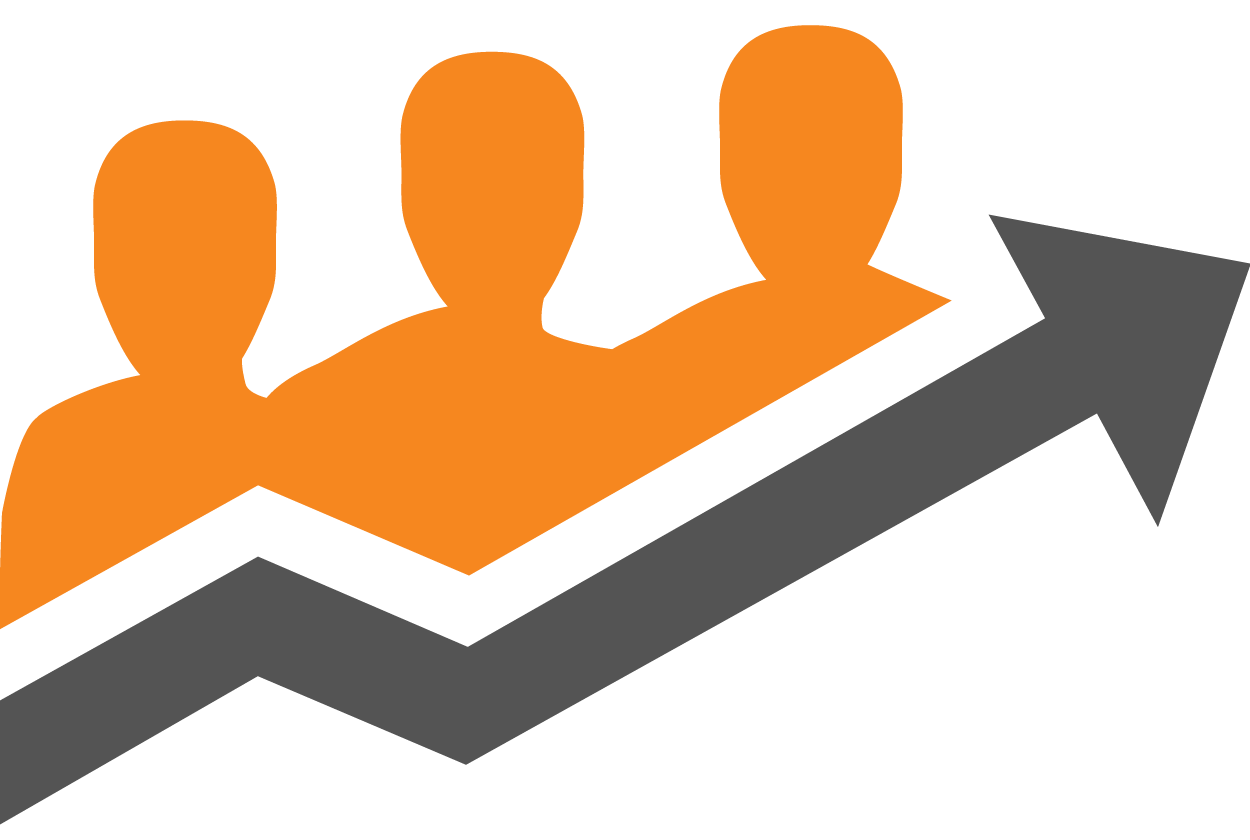Pendekatan Tele-Rehabilitasi Pada Pasien Stroke: Literature Review
Abstract
Abstract: Stroke is a condition where blood supply to the brain is disrupted, resulting in lack of oxygen, brain damage and loss of function. Post-stroke is the most difficult period for patients, they will experience disability and the inability to carry out activities as usual and they will have difficulty in self-care. To sustain life rehabilitation is an important component of post-stroke management. The rehabilitation therapy is to improve motor function, cognitive, emotional, psychological and social well-being. In reality there are many barriers for stroke survivors to access rehabilitation care face-to-face such as time restrictions, limited resources, geographical isolation, adherence to rehabilitation, and lack of awareness. One way to overcome access barriers is through technological innovation with tele-rehabilitation. The purpose of writing this literature review is to analyze the implementation of tele-rehabilitation in stroke patients. The data sources used are from databases such as PubMed, Proquest and Google Scholars. There were 21 relevant articles and 5 of them became the material for analysis in this study. The results of the review found that tele-rehabilitation could be a suitable choice as an alternative for post-stroke rehabilitation care for patients. This has potential implications for patients, especially in remote or underserved areas.
Keywords:approach, tele-rehabilitation, stroke patientsFull Text:
PDFReferences
Alatawi, S. F. (2019). From theory to practice: a conceptual framework to facilitate implementation of evidence in stroke rehabilitation for local context in Saudi Arabia. Journal of Multidisciplinary Healthcare, 12, 515–525. https://doi.org/10.2147/JMDH.S212372
American Heart Association. (2021). 2021 Heart Disease and Stroke Statistics Update Fact Sheet American Heart Association Research Heart Disease , Stroke and other Cardiovascular Diseases Coronary Heart Disease ( CHD ). American Heart Association.
Appleby, E., Gill, S. T., Hayes, L. K., Walker, T. L., Walsh, M., & Kumar, S. (2019). Effectiveness of telerehabilitation in the management of adults with stroke: A systematic review. PLoS ONE, 14(11), 1–18. https://doi.org/10.1371/journal.pone.0225150
Cramer, S. C., Dodakian, L., Le, V., See, J., Augsburger, R., McKenzie, A., Zhou, R. J., Chiu, N. L., Heckhausen, J., Cassidy, J. M., Scacchi, W., Smith, M. T., Barrett, A. M., Knutson, J., Edwards, D., Putrino, D., Agrawal, K., Ngo, K., Roth, E. J., … Investigators, for the N. I. of H. S. T. (n.d.). Efficacy of Home-Based Telerehabilitation vs In-Clinic Therapy After Stroke. In JAMA Neurology. https://jamanetwork.com/journals/jamaneurology/fullarticle/2736341?utm_source=researcher_app&utm_medium=referral&utm_campaign=RESR_MRKT_Researcher_inbound
Derang, I. (2020). Pengaruh Range of Motion Aktif-Assisitif: Latihan Fungsional Tangan Terhadap Peningkatan Kekuatan Otot Pasien Stroke Non Hemoragic Di Rsup Haji Adam Malik Medan. Elisabeth Health Jurnal, 5(1), 80–89. https://doi.org/10.52317/ehj.v5i1.284
Dodakian, L., McKenzie, A. L., Le, V., See, J., Pearson-Fuhrhop, K., Burke Quinlan, E., Zhou, R. J., Augsberger, R., Tran, X. A., Friedman, N., Reinkensmeyer, D. J., & Cramer, S. C. (2017). A Home-Based Telerehabilitation Program for Patients With Stroke. Neurorehabilitation and Neural Repair, 31(10–11), 923–933. https://doi.org/10.1177/1545968317733818
Dunne, S., Close, H., Richards, N., Ellison, A., & Lane, A. R. (2020). Maximizing Telerehabilitation for Patients with Visual Loss after Stroke: Interview and Focus Group Study with Stroke Survivors, Carers, and Occupational Therapists. In Journal of Medical Internet Research (Vol. 22, Issue 10). https://doi.org/10.2196/19604
George, M. G. (2020). Risk factors for ischemic stroke in younger adults a focused update. Stroke, 729–735. https://doi.org/10.1161/STROKEAHA.119.024156
Han, P., Zhang, W., Kang, L., Ma, Y., Fu, L., Jia, L., Yu, H., Chen, X., Hou, L., Wang, L., Yu, X., Kohzuki, M., & Guo, Q. (2017). Clinical evidence of exercise benefits for stroke. Advances in Experimental Medicine and Biology, 1000, 131–151. https://doi.org/10.1007/978-981-10-4304-8_9
Ilmiah, J., Sandi, K., & Review, L. (2020). Rehabilitasi Medik Pasien Pasca Stroke Pendahuluan. 12, 873–877. https://doi.org/10.35816/jiskh.v10i2.428
Ismatika, I., & Soleha, U. (2018). Hubungan Self Efficacy Dengan Perilaku Self Care Pasien Pasca Stroke Di Rumah Sakit Islam Surabaya. Journal of Health Sciences, 10(2), 139–148. https://doi.org/10.33086/jhs.v10i2.140
Javaid, M., & Haleem, A. (2019). Industry 4.0 applications in medical field: A brief review. Current Medicine Research and Practice, 9(3), 102–109. https://doi.org/10.1016/j.cmrp.2019.04.001
Ke, L., Crotty, M., Na, L., George, S., Sherrington, C., Ke, L., Crotty, M., Na, L., George, S., & Sherrington, C. (2020). Telerehabilitation services for stroke ( Review ). Cochrane Database of Systematic Reviews. https://doi.org/10.1002/14651858.CD010255.pub3.www.cochranelibrary.com
Pb, A., Skp, I. D. I., Glenis, G., Setiawan, R. C., Fransiska, T., & Tambunan, U. (2021). The Effectiveness of Telerehabilitation for Post Stroke Patients. 48(11), 329–333.
Prasanna Tadi, & Forshing Lui. (2021). Acute Stroke - StatPearls - NCBI Bookshelf. In StatPearls. https://www.ncbi.nlm.nih.gov/books/NBK535369/
Simonetti, D., Zollo, L., Vollero, L., Iannello, G., & Guglielmelli, E. (2017). A modular telerehabilitation architecture for upper limb robotic therapy. Advances in Mechanical Engineering, 9(2), 1–13. https://doi.org/10.1177/1687814016687252
Wang, Y. J., Li, Z. X., Gu, H. Q., Zhai, Y., Jiang, Y., Zhao, X. Q., Wang, Y. L., Yang, X., Wang, C. J., Meng, X., Li, H., Liu, L. P., Jing, J., Wu, J., Xu, A. D., Dong, Q., Wang, D., & Zhao, J. Z. (2020). China Stroke Statistics 2019: A Report from the National Center for Healthcare Quality Management in Neurological Diseases, China National Clinical Research Center for Neurological Diseases, the Chinese Stroke Association, National Center for Chronic and . Stroke and Vascular Neurology, 5(3), 211–239. https://doi.org/10.1136/svn-2020-000457
Whitehead, S., & Baalbergen, E. (2019). Post-stroke rehabilitation. South African Medical Journal, 109(2), 81–83. https://doi.org/10.7196/SAMJ.2019.v109i2.00011
Winstein, C. J., Stein, J., Arena, R., Bates, B., Cherney, L. R., Cramer, S. C., Deruyter, F., Eng, J. J., Fisher, B., Harvey, R. L., Lang, C. E., MacKay-Lyons, M., Ottenbacher, K. J., Pugh, S., Reeves, M. J., Richards, L. G., Stiers, W., & Zorowitz, R. D. (2016). Guidelines for Adult Stroke Rehabilitation and Recovery: A Guideline for Healthcare Professionals from the American Heart Association/American Stroke Association. In Stroke (Vol. 47, Issue 6). https://doi.org/10.1161/STR.0000000000000098
WSO. (2019). Learn about stroke | World Stroke Organization. https://www.world-stroke.org/world-stroke-day-campaign/why-stroke-matters/learn-about-stroke
DOI: http://dx.doi.org/10.32883/rnj.v4i3.1503
DOI (PDF): http://dx.doi.org/10.32883/rnj.v4i3.1503.g568
Refbacks
- There are currently no refbacks.







